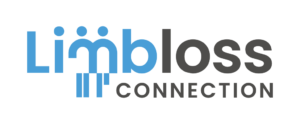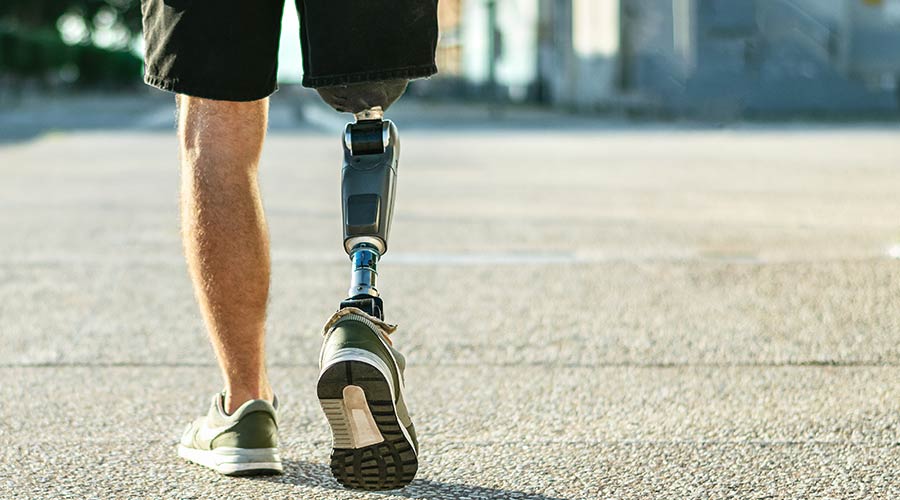The Journey to Obtaining a Prosthetic Limb: A Personal Experience
Embarking on the journey to obtain a prosthetic limb is a multifaceted process that intertwines medical care, rehabilitation, and personal resilience. Reflecting on my own experience, I aim to provide a comprehensive overview of what one might expect during this journey, from the immediate aftermath of surgery to long-term adaptation and support.
Immediate Post-Surgery Phase
Following my amputation surgery, the initial phase was dedicated to healing and recovery. The medical team closely monitored the incision site to prevent infections and ensure proper healing. Managing post-surgical pain and phantom limb sensations was crucial, and I was introduced to compression therapy using shrinker socks to control swelling and shape my residual limb. Early rehabilitation exercises, guided by a physiotherapist, were essential in strengthening muscles and improving balance.
During this period, I also grappled with the emotional and psychological impact of limb loss. Feelings of grief, frustration, and anxiety were common, but engaging with support groups and counselling services offered invaluable assistance. Connecting with others who had undergone similar experiences helped me navigate these complex emotions and reinforced the importance of mental health in the recovery process.
Assessment and Referral
As my residual limb healed, my healthcare team referred me to a certified prosthetist. This specialist conducted a thorough assessment, considering factors such as the level of amputation, overall health, and personal goals. We discussed my daily activities, hobbies, and aspirations to determine the most suitable prosthetic options. This collaborative approach ensured that the prosthesis would align with my lifestyle and functional needs.
It's noteworthy that becoming a certified prosthetist requires extensive training, including an undergraduate degree in a science program, a two-year prosthetics program, and a minimum two-year clinical residency. This rigorous process ensures that professionals are well-equipped to provide optimal care.
Navigating Funding and Insurance Coverage
One of the more challenging aspects of this journey was understanding and securing funding for the prosthetic limb. Prosthetic devices can be costly, and coverage varies significantly. Provincial healthcare programs offer support, but the extent of coverage can differ. In some cases, individuals may need to rely on personal resources, fundraising, or assistance from non-governmental organizations to meet these essential healthcare needs.
My prosthetist and a social worker guided me through the application processes, helping me understand the requirements and timelines. Their support was instrumental in alleviating the financial burden and ensuring I could access the necessary resources.
Prosthetic Fitting and Customization
With funding secured and my residual limb stabilized, we proceeded to the prosthetic fitting. The prosthetist took a detailed mold of my residual limb to craft a custom socket, ensuring a snug and comfortable fit. Selecting appropriate components, such as the foot and knee, was tailored to my lifestyle and activity level. Initial fittings with a test socket allowed for adjustments to ensure comfort and functionality.
This phase required patience, as multiple fittings and adjustments were necessary to achieve the optimal fit. Open communication with the prosthetist was crucial, as even minor discomfort could indicate the need for modifications.
Rehabilitation and Adaptation
Receiving the prosthetic limb marked the beginning of a new chapter focused on rehabilitation and adaptation. I worked closely with a physiotherapist to learn how to walk, maintain balance, and perform daily activities with my new limb. This phase was intensive and required dedication, as I had to retrain my body and mind to integrate the prosthesis into my movements.
Occupational therapy also played a significant role, especially in adapting my home and work environments to accommodate the prosthesis. Simple tasks like climbing stairs, cooking, or using the bathroom required new strategies and tools, and the occupational therapist provided practical solutions to enhance my independence.
Long-Term Maintenance and Support
Adjusting to life with a prosthetic limb is an ongoing process. Over time, my residual limb changed shape, necessitating new sockets or modifications to the prosthesis. Regular follow-ups with the prosthetist ensured that the device remained functional and comfortable. Typically, prosthetic devices are replaced every 3–5 years, depending on wear and tear.
Engaging with support networks, such as peer groups and organizations, provided continuous encouragement and resources. These communities offered a platform to share experiences, seek advice, and stay informed about advancements in prosthetic technology.
Final Reflections
The journey to obtaining and adapting to a prosthetic limb is comprehensive, involving medical care, rehabilitation, and personal determination. While the process can be challenging, each step brings you closer to greater independence and a renewed sense of self. Embracing patience, seeking support, and maintaining open communication with healthcare professionals are vital components of a successful transition.
Remember, you are not alone in this journey. Numerous resources and communities are available to support you every step of the way, offering guidance, empathy, and shared experiences. Your resilience and adaptability will serve as the foundation for navigating this path toward a fulfilling and empowered life.

